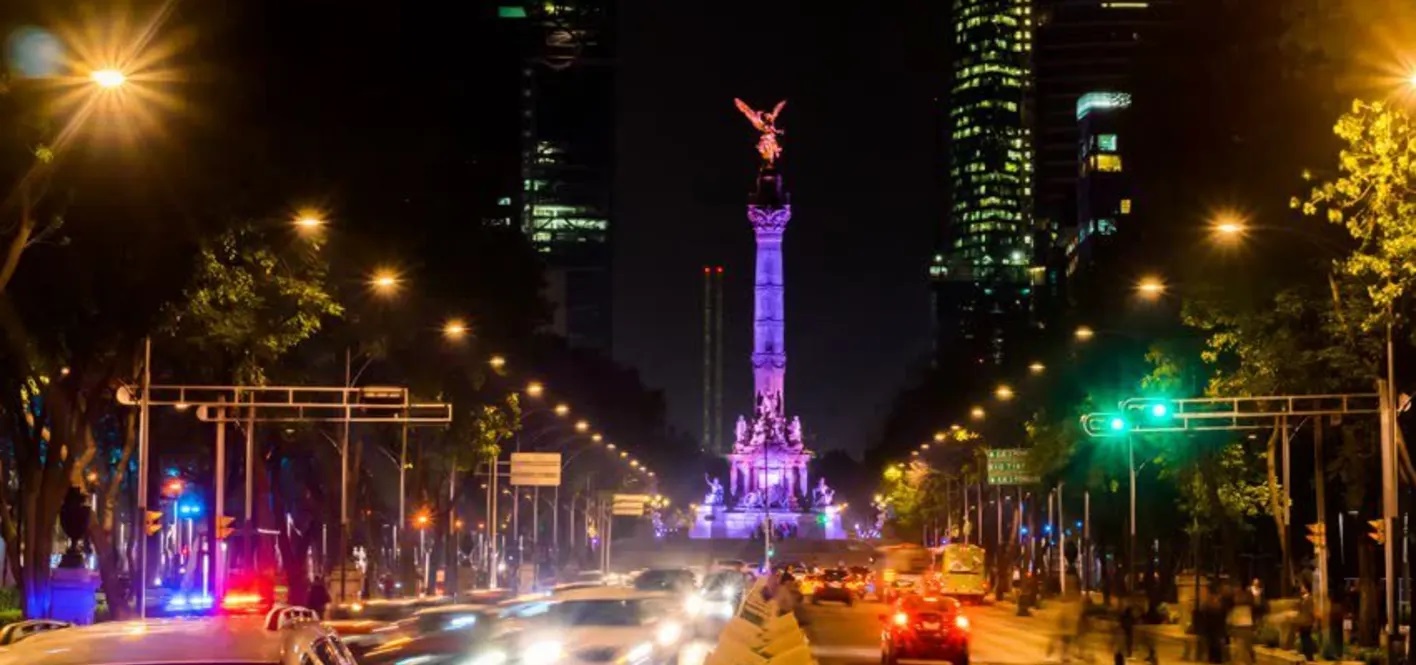Event

Presenter: Elizabeth Bynum, PhD Candidate, Music and Anthropology
Discussant: David Gouverneur, Associate Professor of Practice, Landscape Architecture
Mexico City has consistently ranked as one of the world’s loudest cities, and although government institutions have produced new sound regulations in the past decade, citizen noise complaints continue to rise, especially in gentrifying areas of the city. This paper will consider the conditions that make sound “audible” as an object of concern for specific urban actors. Through work with residents in the central Cuauhtémoc district, I explore how individuals and communities listen to and evaluate sound, and attempt to manage sound they experience as problematic through street protests, social media campaigns, community WhatsApp threads, and official complaint processes. Thinking with urban anthropology, the anthropology of bureaucracy, and interdisciplinary sound studies, this paper asks how sonic management activities become key modes for articulating urban rights and desires about the present and future of life in Mexico City, asserting authority and claiming belonging in neighborhoods experiencing successive waves of gentrification. When middle and upper middle-class residents are concerned about the sounds of mobile vendors (typically understood as lower-income and more marginalized), and sounds from nightclubs catering to elite newcomers, what position do they stake for themselves in their neighborhood? While studies of neighborhood change often focus on rising property values or concentrations of new businesses, my work argues that shifts in the soundscape (and shifting perceptions of that sonic environment) represent an important, if “overlooked” metric for engaging ambient changes in the character of spaces (re)made through ongoing gentrification processes. Finally, taking the COVID-19 crisis as a point of inflection, I draw on socially distanced fieldwork to discuss how sonic concerns have shifted in the wake of the pandemic, and how residents construct new narratives about their neighborhoods and their place within Mexico City’s emerging “new normal.”
